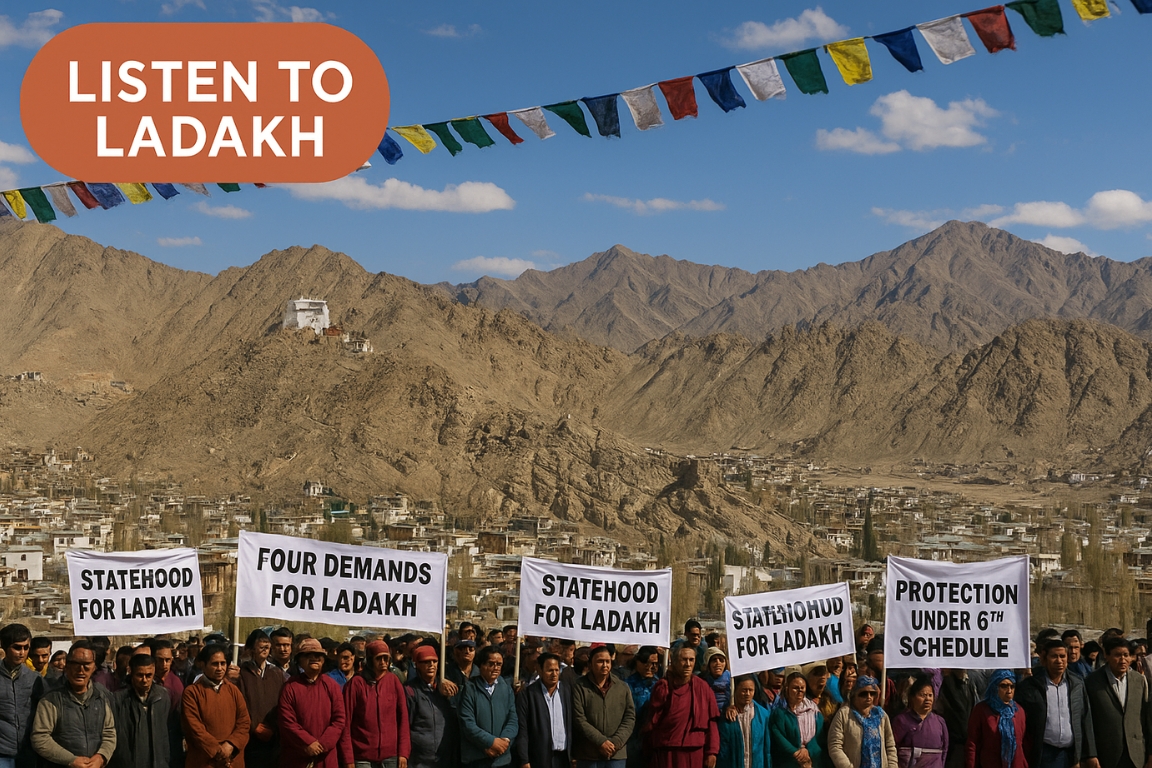A male tiger and two cubs were recently found dead in Kanha Tiger Reserve (KTR), Madhya Pradesh. Officials have confirmed the deaths were due to territorial fights among tigers, with no human involvement detected.
Incident Details
- Location: Mukhi Range, Core Zone, KTR, Mandla district, Madhya Pradesh.
- Victims: Adult male tiger (10 years), known as the Balaghat Male Tiger. Two female cubs (aged 2–3 months).
- Cause of Death:
- Adult tiger died in a territorial fight.
- Cubs likely killed by a dominant male tiger during a territorial takeover.

Investigation & Actions:
- Conducted following National Tiger Conservation Authority (NTCA) guidelines.
- No snares, traps, or human interference found.
- Samples (viscera, water, food remains) sent for forensic examination.
- Post-mortem completed; carcasses cremated to prevent disease and scavenger disturbance.
KANHA TIGER RESERVE (KTR)
- Location: Mandla and Balaghat districts, Madhya Pradesh.
- History: Declared National Park in 1955; Tiger Reserve in 1973 under Project Tiger.
- Area: Core ~940 sq km; Buffer ~1,000 sq km.
- Fauna: Tigers, leopards, barasingha, gaur, wild dogs, sloth bears.
- Ecological Importance: Maintains genetic diversity, ecological balance, and serves as a model tiger habitat.
Natural Causes:
- Territorial fights among males in saturated habitats.
- Old age, disease, or aggression within species.
- Infanticide by dominant males.
Human-Linked Causes:
- Poaching for wildlife trade.
- Habitat loss from mining, agriculture, and infrastructure.
- Retaliatory killings due to livestock predation.
- Road accidents along forest corridors.
Conservation Measures & Way Forward
- Project Tiger (1973): Protects tigers and habitats.
- NTCA Guidelines: Monitor and investigate tiger deaths.
- Technology Use: Camera traps, drones, GIS mapping for surveillance.
- Compensation Schemes: Mitigate retaliation by villagers.
- Eco-development: Alternative livelihoods for forest-dependent communities.
- Future Actions:
- Strengthen territory monitoring and conflict management.
- Manage core zone density scientifically.
- Involve communities in conservation.
- Regular health checks and rapid response for emergencies.
- Awareness campaigns on coexistence and compensation.
Conclusion
The deaths highlight the importance of monitoring tiger territories and managing habitat pressures. Sustained conservation efforts and community engagement are crucial to ensure the survival and well-being of tigers in KTR.





